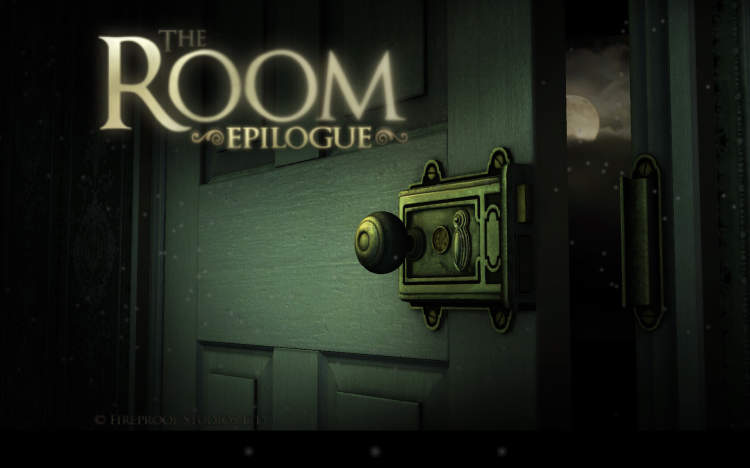Ah, mobile gaming. So, so bad.
At least, that’s been my experience of it for the most part. Even the potentially good games are crippled by terrible UI, the touch screen being woefully inadequate for so many genres. Worst of all are those games which put pretend keys or controllers on the screen, the developers seemingly oblivious that you’re then going to be covering half the screen with your thumbs.
I’d bumped into a few notable exceptions over the years – World of Goo translates wonderfully to touch, Broken Sword is quite fun, Need For speed: Most Wanted was surprisingly entertaining.
Recently, though, I discovered The Room, coincidentally at the same time I received the new Nexus 7. It’s the first time I’ve used a tablet and, thus, the first time I’ve played mobile games on a larger screen. Both the game and the Nexus were rather revelatory.
First up, the Nexus 7’s larger screen makes a huge difference to the general enjoyment of mobile games. Which, I suppose, is a little obvious but I was still surprised by how much more usable games became – and this is on a 7″ tablet. On larger tablets I imagine the difference is even more noticeable.
The bigger factor is definitely The Room, though. It’s a game cannily designed for a touch interface, providing a tactile, physical world with which to interact. It’s not unlike the Penumbra and Amnesia games on PC in terms of interacting with objects, though its scope is far more precise. There’s no roaming about large environments here; in fact, it’s the exact opposite, with the focus entirely on a single object.
Each level of the game introduces a brand new box of puzzles, each increasingly complex. Interacting involves physically opening, rotating, pushing and pulling objects by dragging on them with your finger. It’s a natural fit for the touch environment and wouldn’t work nearly as well on a different system – though a mouse wouldn’t be too bad.
The puzzles are clever and rewarding, never too obtuse or overly convoluted while still providing a worth challenge. There’s a light but intriguing mystical story running in the background and hints of magic goings-on which help give the puzzles some context, though the story never gets in the way of simply solving puzzles and riddles.
The whole thing is presented in lovingly craft 3D. Artistically and technically it’s exceedingly spiffy, the rich detail and visual effects integrated tightly into the puzzles. Nothing is superfluous or just there for eye candy.
There’s apparently a sequel coming out later in 2013, which I shall definitely be checking out. In the meantime, give it a whirl. It’s an entirely ridiculous 69p, so there’s genuinely no excuse not to play it.








0 Comments